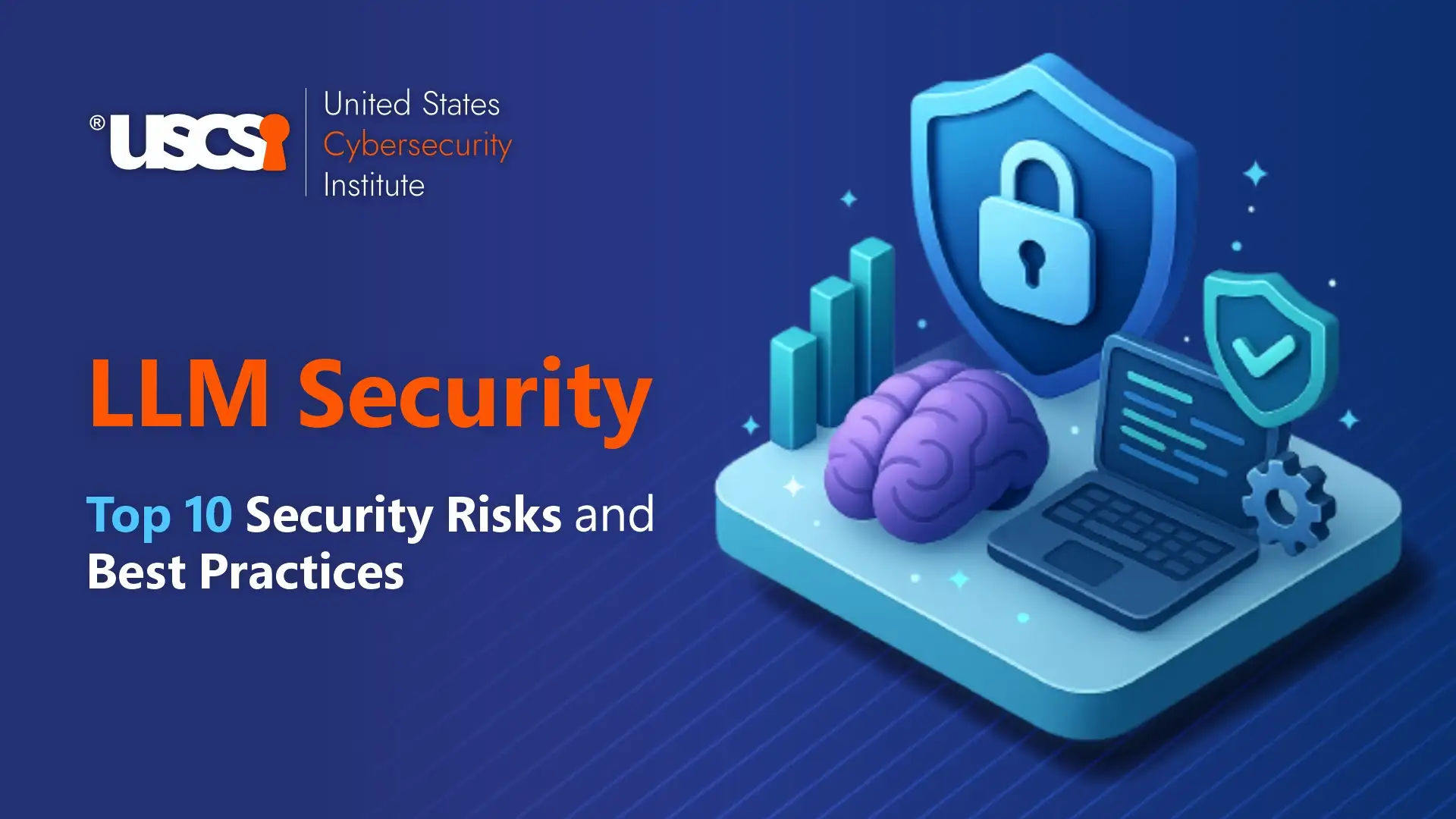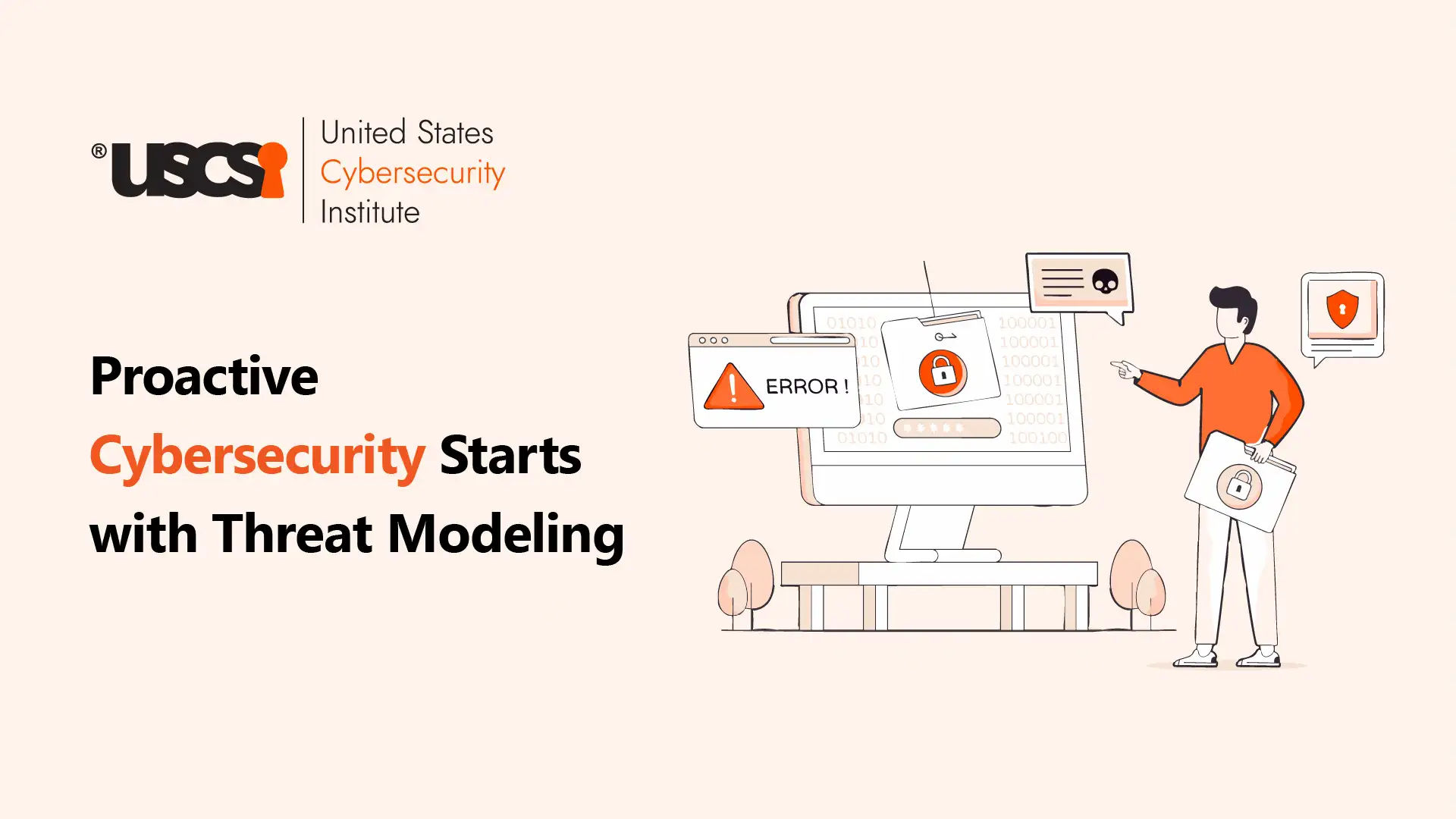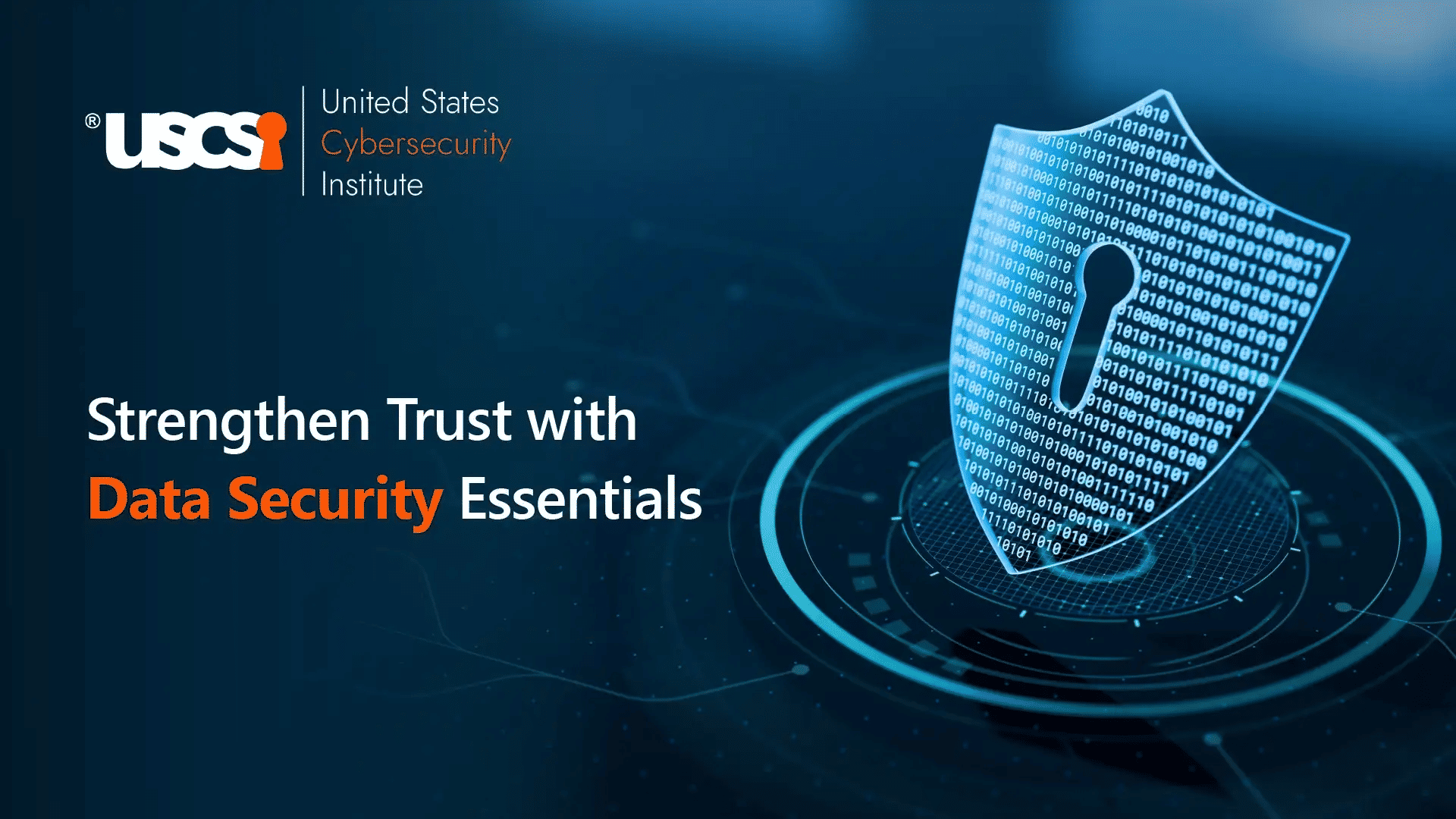

Cybersecurity in Business- Your Go-To Security Plan 2025

Radiant Capital has confirmed that the breach was traced to a sophisticated malware attack orchestrated by a group identified as Citrine Sleet; also known as UNC4736 or AppleJeus. This cybercrime targeted the decentralized finance (DeFi) platform; which provides multi-chain cryptocurrency services; including lending and borrowing. In other news, Meta takes down 2 million scam accounts; Interpol busts African cybercrime; and many such incidents have robbed many governmental and non-governmental institutions and businesses worldwide. All these recent hacks draw your attention to the fact that you must keep a vigil on your processes and the way you perform business worldwide. With all this happening around the globe; cybersecurity in businesses makes sense! Don’t you think so?
2025 is expected to unravel a significant uptick in AI-driven cyberattacks; particularly through automated tools that can exploit vulnerabilities in real-time. Yes, you read that right! Artificial intelligence is paving the way toward hugely dark and hideous cybercrimes; infecting world businesses and organizations. The global Cybersecurity leader Troy Hunt; celebrated creator of ‘Have I been Pwned?’ mentions that “Cyber hygiene is important and we should think about what kind of passwords we’re using; whether 2FA is turned on; whether we know the account recovery mechanism in case of a disaster.”
Cybersecurity Benefits for Businesses
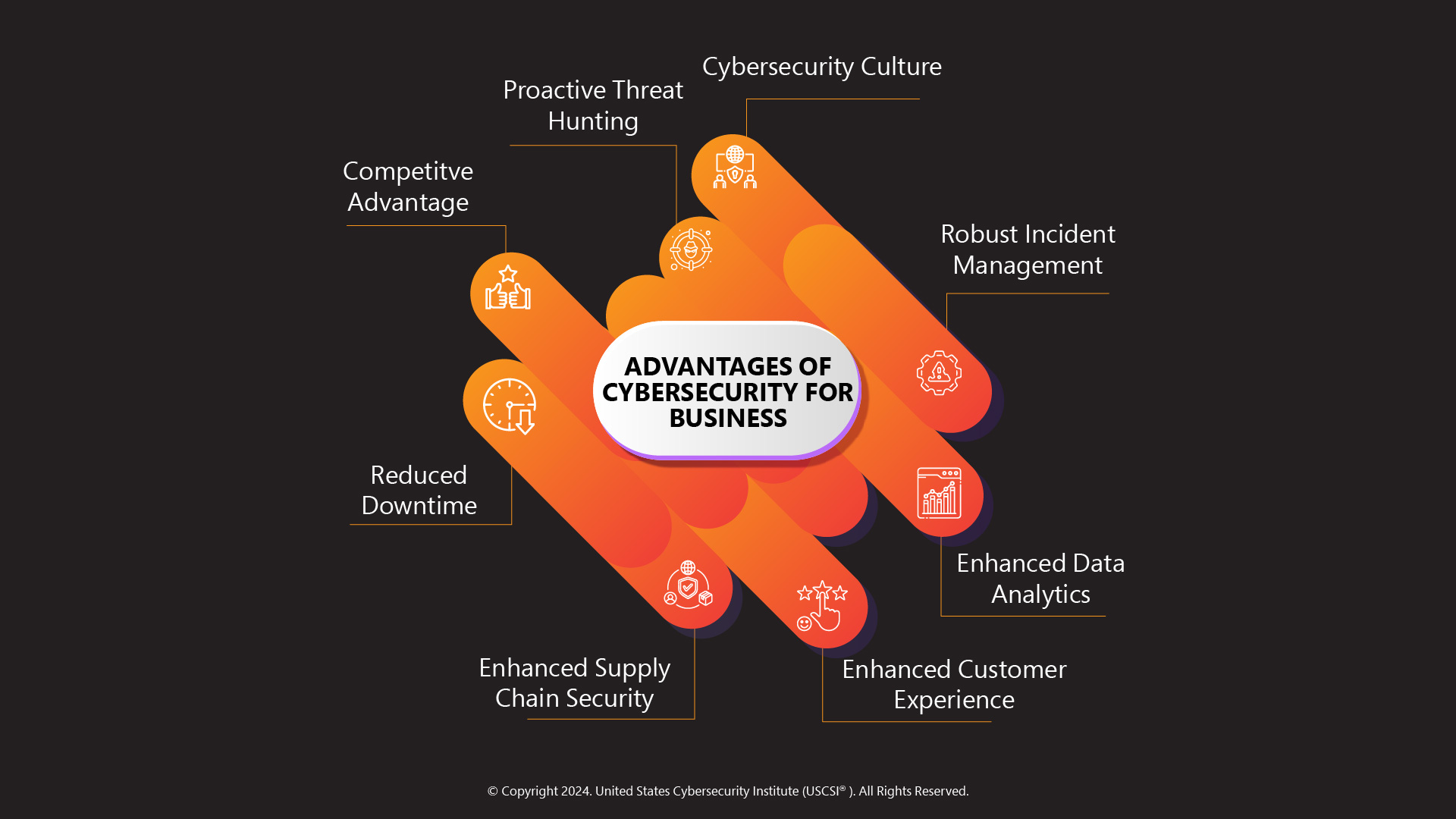
Understanding the critical role cybersecurity can play in businesses’ health is pivotal. Right from ramping up the threat detection capabilities of a business; cybersecurity enables you to enhance customer experience over time. With strategic cybersecurity norms put in place; it helps in building a robust cybersecurity culture in an organization. With businesses relying heavily on third-party partners; ensuring supply chain security will be crucial. By implementing stringent security and partners, mitigating shared data and services protocols across the supply chain.
Furthermore, while building comprehensive incident response plans; businesses can minimize damage and restore normal operations swiftly. Severe downtime in business operations can be countered with advanced threat detection; enhancing productivity and supporting overall business continuity without disruption. This paves the way while offering a sturdy security posture for businesses and providing actionable insights into potential threats. Thriving with an informed business landscape; you can expect the businesses to stay ahead of the curve and be present in the moment; while becoming invincible with sheer competitive advantage.

Cybersecurity Challenges Businesses Must Prepare For:
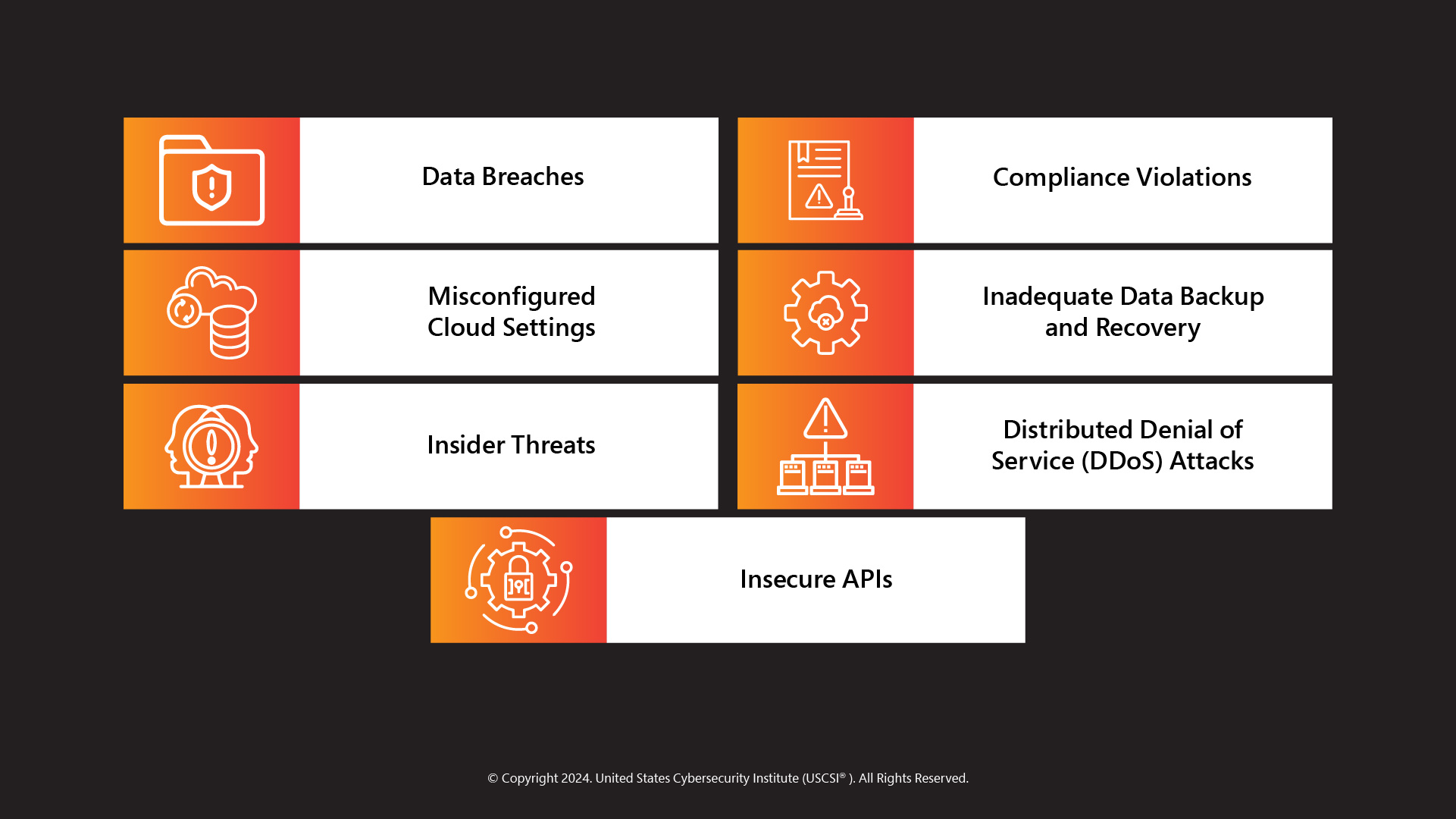
- Data breaches
Vulnerabilities in the cloud infrastructure, incorrectly configured settings, or inadequate authentication methods can all lead to breaches. Organizations should put in place strict encryption procedures, frequent security audits, and reliable access controls to lessen this menace.
- Misconfigured cloud settings
The intricacy of cloud services and setups makes it simple for settings to be misapplied or forgotten. These setup errors increase the risk of intrusions on systems and expose data to unauthorized users. This issue can be mitigated by routinely checking and updating cloud settings, and using automated configuration management cybersecurity tools.
- Insider threats
Mitigating insider risks can also be aided by establishing explicit policies and processes for managing access and data.
- Insecure APIs
Insecure interfaces, however, can put cloud systems at risk for security issues, such as illegal access and data breaches. Conducting routine security audits and adhering to best practices for API security, organizations should make sure APIs are securely designed and implemented.
- Distributed denial of service attacks (DDoS)
Organizations should use DDoS protection services, scalable and resilient cloud infrastructure, and traffic monitoring and filtering systems to protect themselves from DDoS attacks.
- Inadequate data backup and recovery
Testing recovery techniques, regularly backing up data, and storing backups in safe, geographically separated locations can work magic in resolving such threats for businesses ahead of 2025.
- Compliance Violation
To safeguard sensitive data and stay out of trouble with the law, organizations must abide by rules, including the GDPR, HIPAA, and CCPA. Serious fines and harm to one's reputation may arise from breaking these rules. Organizations should create policies and procedures that comply with legalities, conduct frequent compliance audits, and keep up to date on pertinent regulations to ensure compliance.
7 Steps to Disaster Recovery Plan in Organizational Cybersecurity
- Hiring a Seasoned Cybersecurity Specialist
As is said, “Effective cybersecurity is not a product; but a process” by Jim Langevin (American Politician and Former United States Representative). Hiring the right talent for the cybersecurity job role is a must to counter the cyberattack menace in time with minimum to no damage. The industry needs seasoned cybersecurity specialists with trusted cybersecurity certifications to uphold the cybersecurity wagon with greater finesse.
- Create and maintain Contingency plans
Chalking out an anti-disaster plan for any unforeseen attack is a major prerequisite to transforming your business’s outlook toward greater security. Be prepared rather than worry later!
- Enhanced cybersecurity with AI vigilance
Careful analysis of how artificial intelligence (AI) can enhance a cybersecurity posture should begin. AI can supplement, but not replace, human wit. Constant vigilance of cybersecurity controls through access control, intrusion detection, network security, and remediation are a must going forward.
- Fastened security with encryption
Cybersecurity leaders should focus on robust encryption for safeguarding transaction data, multi-factor authentication to secure access, and consistent employee cybersecurity training to prevent social engineering attacks.
- Leadership thrust on strengthening Cybersecurity
Creating an excellent cybersecurity culture vests in the gut of a cybersecurity leader. They have the onus of delivering and strengthening the bond of cybersecurity with strategic employee engagement and ingraining the sense of cybersecurity among its members, and stakeholders far and wide.
- Employee training
Employees must be given timely cybersecurity training in the form of top cybersecurity certification programs and ongoing learning opportunities to grow beyond the obvious when it concerns securing the cyber world for a business group.
- Multi-faceted Cyberattack counter approach
Sophisticated cyberattacks command huge commitment from cybersecurity specialists and business owners to delve deeper and make way for a multi-faceted approach toward putting guards in the form of cyber barriers.
This is why it is imperative for businesses and strategic cybersecurity specialists to make a clear way into the threat security landscape with nuanced cybersecurity skills and credentials; to facilitate a greater and elevated pedestal for business operations and overall organizational success. Upskill or reskill yourself today to be an invincible addition to the world of business cybersecurity!

